Mortgage Basics
Refinancing replaces your mortgage with a new one at better terms.
What is Refinancing?
Loan Types: Homeowners can refinance into a new conventional, FHA, VA, or jumbo loan depending on their financial goals and eligibility.
Cash-Out vs. Rate-and-Term Refinance: A rate-and-term refinance adjusts the loan terms without taking out additional funds, while a cash-out refinance allows borrowers to withdraw home equity for other financial needs.
Reasons to Refinance
Lower Interest Rates: Refinancing when rates drop can reduce overall interest payments and lower monthly costs.
Shortening Loan Term: Switching from a 30-year to a 15-year mortgage helps pay off the loan faster and saves on interest.
Reducing Monthly Payments: Extending the loan term or securing a lower rate can make monthly payments more affordable.
Eliminating Private Mortgage Insurance (PMI): If home equity has increased to 20% or more, refinancing can remove PMI from the loan.
Accessing Home Equity: A cash-out refinance allows homeowners to tap into their home’s value for expenses like home improvements, debt consolidation, or investments.
Types of Refinancing
Rate-and-Term Refinance: Adjusts the interest rate or loan duration without taking cash out.
Cash-Out Refinance: Replaces the mortgage with a new loan for a higher amount, allowing homeowners to withdraw equity as cash.
Cash-In Refinance: The borrower makes a lump sum payment to reduce the loan balance and potentially secure better loan terms.
Streamline Refinance: Available for FHA, VA, and USDA loans, this process simplifies refinancing by requiring minimal documentation and no home appraisal in some cases.
Refinancing Costs and Considerations
Closing Costs: Refinancing typically requires closing costs, including appraisal fees, title insurance, and lender fees, ranging from 2% to 5% of the loan amount.
Break-Even Point: Homeowners should calculate how long it takes for monthly savings to cover closing costs before refinancing.
Credit and Income Requirements: Lenders evaluate credit scores, debt-to-income ratios, and employment stability to determine refinance eligibility.
Prepayment Penalties: Some existing loans may have prepayment penalties that could impact refinancing costs.
When to Consider Refinancing
Market Interest Rates Drop: If rates are significantly lower than when the original loan was taken, refinancing can lead to substantial savings.
Home Value Has Increased: If property value has appreciated, refinancing may unlock equity or eliminate PMI.
Financial Situation Has Improved: Higher income or an improved credit score can help homeowners qualify for better loan terms.
Final Steps Before Refinancing
Compare Lenders: Shopping around for the best refinance rates and terms ensures homeowners receive the most competitive offer.
Gather Required Documents: Borrowers typically need tax returns, pay stubs, bank statements, and a home appraisal for refinancing approval.
Review Loan Terms Carefully: Understanding interest rates, repayment periods, and associated costs helps homeowners make informed refinancing decisions.
Your Goals. Your Home. Your Brightside.
Home financing should feel empowering, not overwhelming. At Brightside Mortgage, we’re committed to helping you achieve homeownership with confidence, clarity, and peace of mind. Let’s turn your homeownership dreams into reality—together.

